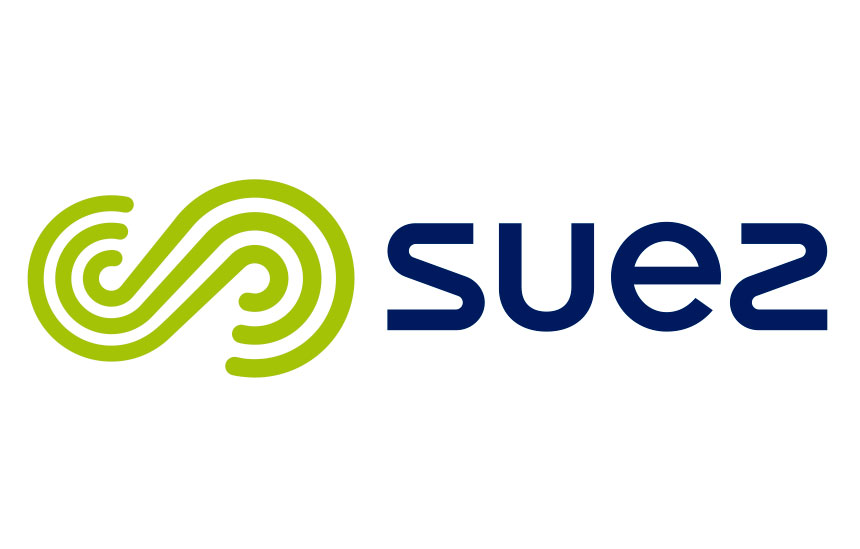SUEZ announces the award of a significant contract with Hillerød Forsyning to upgrade the HCR Syd wastewater treatment plant by improving the treatment of pharmaceutical residues. The project will contribute to the preservation of water resources in the region through the improvement of the quality of the sewage effluent.
The plant, designed for 100,000 population equivalent in the city of Hillerød, is the first project of municipal wastewater treatment plants in Denmark to implement a dedicated quaternary treatment step for the removal of micropollutants. It will be a key reference plant in the country for the future implementation of the EU’s new Urban Wastewater Treatment Directive, which requires additional treatment of micropollutants for all plants over 150,000 population equivalent by 2045.
This upgrade is driven by the upcoming connection of New Hospital North Zealand (Nyt Hospital Nordsjælland) to the existing wastewater treatment plant. The hospital, which is currently under construction, will increase the wastewater load on the treatment plant. Moreover, the region has significant industrial activities that contribute to the overall industrial load. The project, valued at €4.5 million, is scheduled to start in early 2025. It is expected to be completed and operational by mid-2026.
SUEZ will implement an advanced quaternary treatment step to remove micropollutants, especially pharmaceutical residues, at HCR Syd, coming both from private homes (97% of the pharmaceutical residues arriving at the plant), and from the hospital (3% of the pharmaceutical residues arriving at the plant). The solution includes inline ozonation and Granular Active Carbon (GAC) filters (SUEZ Carbablue solution) designed to meet effluent discharge requirements for selected pharmaceuticals from the wastewater.
Micropollutants can have an impact on the aquatic environment and/or on living organisms due to their toxicity, persistence and bio-accumulation. Wastewater treatment plants are a key transit and capture point for these substances. Appropriate treatment solutions help prevent their spread and conserve water resources.
Jörg Linsenmaier, Executive Vice-President Engineering & Construction at SUEZ, said: “We’re delighted to be working with Hillerød Forsyning on this ambitious project to meet the growing demand for wastewater treatment in the region while effectively treating micropollutants. With our long-standing expertise in water treatment, we have developed a wide range of solutions to help our customers anticipate strengthened treatment regulations. It demonstrates SUEZ’s commitment to enabling its customers to provide access to water and waste services, with resilient and innovative solutions.”.
Peter Underlin, CEO of Hillerød Forsyning, said: “At Hillerød Forsyning, we have chosen to establish a centralized treatment for medicine residues at HCR Syd, because with this solution we can remove the vast majority of pharmaceutical residues from all medicines throughout the municipality. We are therefore pleased with the collaboration with SUEZ and look forward to getting started with the expansion, so we can ensure a more sustainable aquatic environment and a healthier water supply – both now and in the future.”

